Guide to Sliding Living Room Doors (Internal and External)
Table of Contents
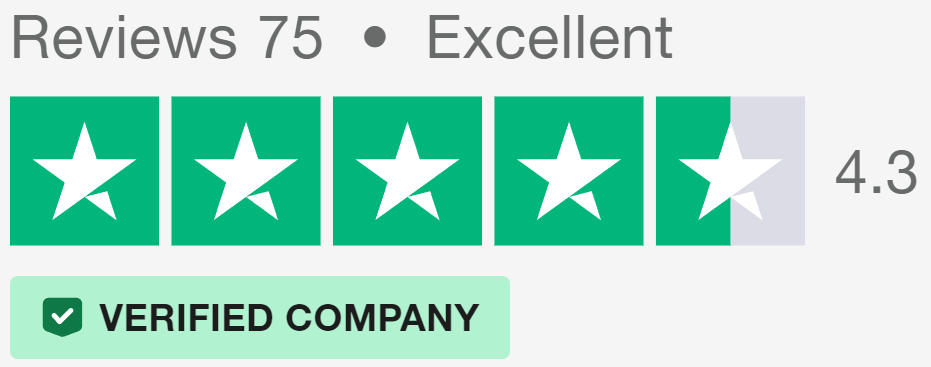
Sliding Door Basics
Sliding living room doors offer a practical solution for homeowners looking to make the most of their space. These doors move horizontally along a track, eliminating the need for swing room. Their design allows for smooth operation, making them ideal for areas where space is at a premium.
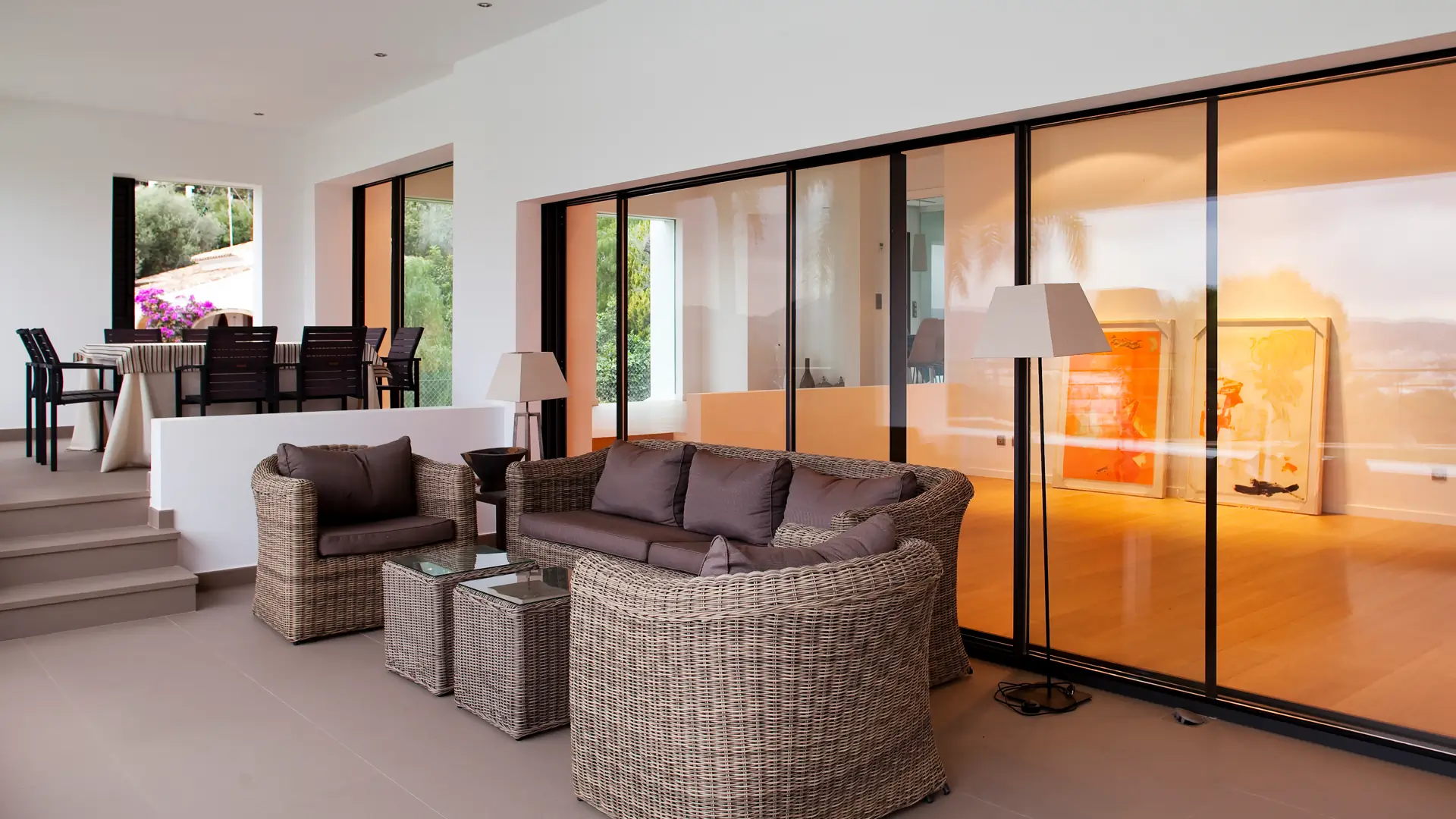
Why Choose Sliding Doors
Glass sliding doors for living rooms bring light and spaciousness to your home. They create a sense of openness, allowing you to connect different areas without sacrificing privacy when needed. A sliding door in living room settings can serve multiple purposes, from room dividers to patio entrances.
Space-Saving Design
Unlike traditional hinged doors, sliding living room doors don’t require clearance to open. This feature makes them perfect for tight spaces or areas where furniture placement is challenging. You can position seating or storage right up to the door frame without worry.
m.
Flexible Living Areas
Living room sliding doors offer flexibility in how you use your space. On warm days, open them wide to create some air flow. When you need privacy or want to control temperature, simply slide them shut. This adaptability allows you to adjust your living space to suit different needs and occasions.
Internal and External Differences
While the basic mechanism remains the same, internal and external sliding doors for living rooms have distinct characteristics tailored to their specific uses.
Internal Sliding Doors
Interior sliding doors for living rooms often feature lighter construction. They’re designed primarily for privacy and space division rather than insulation or security. These doors can be single or double-paneled, depending on the opening size and desired look.
Materials for internal sliding doors vary widely. Glass panels in aluminium frames are popular for their modern look and ability to let light through. Wooden doors offer a more traditional appearance and can be styled to match your interior décor.
External Sliding Doors
Outside sliding doors (also known as patio doors) need to be more robust. They must withstand weather conditions and provide adequate insulation. External sliding doors often feature double or triple glazing to improve energy efficiency.
Security is another important thing to consider for external doors. They typically come with multi-point locking systems to ensure your home remains safe. The frames are usually made from durable materials like uPVC or aluminium to withstand the elements.
Selecting the Right Type
Frameless glass sliding doors create a striking visual impact in living rooms. Their minimalist design allows unobstructed views and maximises natural light flow. Without bulky frames, these doors seem to disappear when open, blurring the line between spaces. However, they often come with a higher price tag and may require more careful handling.
Framed options offer greater stability and easier operation. The frames provide additional support, making these doors a practical choice for larger openings or high-traffic areas. You’ll find a wide range of frame materials and colours to match your living room’s style. Wood frames bring warmth and traditional charm, while aluminium offers a sleek, modern look.
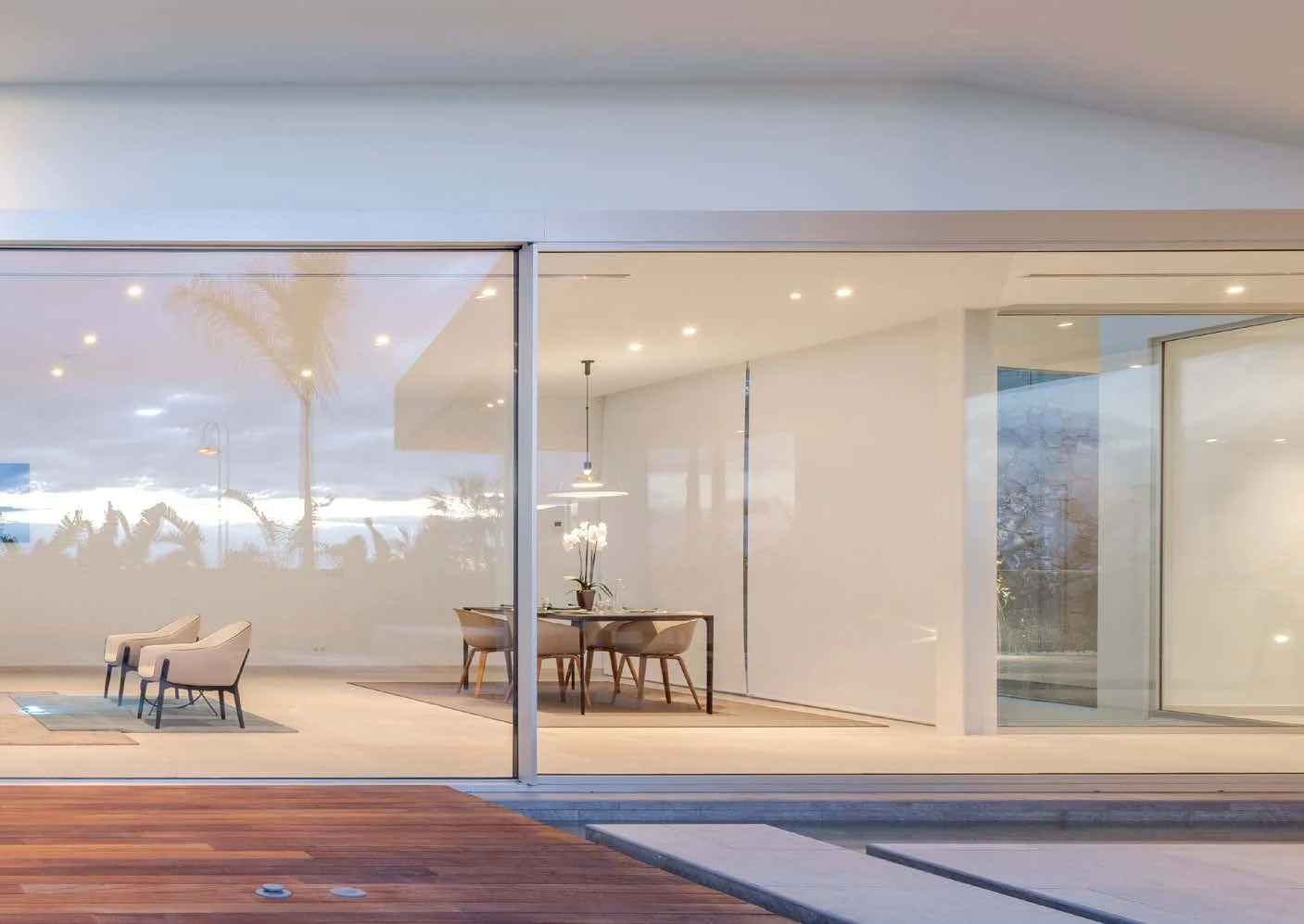
Material Choices
Wood sliding doors exude classic elegance and can be stained or painted to suit your décor. Oak, pine, and mahogany are popular choices, each bringing its unique grain pattern and colour to your living space. Keep in mind that wooden doors require regular maintenance to prevent warping or splitting, especially in areas with high humidity.
Metal doors, typically made from aluminium or steel, offer durability and a contemporary aesthetic. They’re resistant to weathering and require minimal upkeep, making them ideal for busy households. Aluminium frames are lightweight yet strong, allowing for larger glass panels and smoother operation.
Composite materials combine the best features of different substances. These doors often mimic the look of wood while offering improved resistance to moisture and temperature changes. They’re a low-maintenance option that doesn’t sacrifice style.
Pocket Doors
Pocket sliding doors for living rooms truly maximise available space. These doors slide into a concealed wall cavity when open, completely disappearing from view. They’re an excellent solution for compact living areas or for creating temporary open-plan layouts.
Installing pocket doors often requires more extensive work, as the wall needs to be modified to accommodate the door. However, the results can be transformative, offering unparalleled flexibility in how you use your living space.
Consider the thickness of your walls before opting for pocket doors. Standard interior walls may need to be built out to house the door properly. Despite the initial complexity, many homeowners find the space-saving benefits well worth the investment.
Glass Door Options
Double-glazed sliding doors offer improved insulation compared to single-pane alternatives. They help maintain a comfortable temperature in your living room year-round, potentially reducing energy costs. The air gap between the panes also provides some sound insulation, creating a more peaceful indoor environment.
For ultimate thermal efficiency, triple-glazed doors are worth considering. While more expensive, they offer superior insulation properties. This can be particularly beneficial for external sliding doors in living rooms, especially in regions with extreme temperatures.
Tinted or low-E glass options can help control solar gain. These specialised glass types reduce the amount of heat and UV rays entering your living room, protecting your furnishings from fading and keeping the space cooler during summer months.
Sliding living room doors come in a variety of styles and materials, each with its own set of advantages. By carefully considering your specific needs, budget, and aesthetic preferences, you can choose a door that not only looks great but also functions perfectly in your space.
Measuring Your Living Room
Accurate measurements are crucial when installing sliding living room doors. Start by measuring the width of the opening at three points: top, middle, and bottom. Use the smallest measurement to ensure your new doors will fit smoothly. For height, measure from the floor to the top of the opening in several places, again using the smallest figure.
Measurement Guide
When measuring for sliding doors in living rooms, consider the track system, since some sliding living room door designs require additional space above the opening for the track mechanism. Double-check the manufacturer’s specifications to allow for proper clearance.
Don’t forget to account for baseboards or carpet when measuring height. Glass sliding doors for living rooms often need a level surface to operate smoothly. You might need to plan for minor floor adjustments or choose a door system that can accommodate slight variations.
Factoring in Furniture
Before settling on sliding door dimensions, think about your living room layout. Interior sliding doors for living rooms should complement your furniture arrangement. Measure the space needed for sofas, tables, and other large items to ensure they won’t obstruct the door’s path.
Living Room Layouts and Door Placement
The position of your sliding living room door can impact the room’s flow and functionality. In open-plan designs, a sliding door living room divider can create distinct zones while maintaining an airy feel. Consider placing the doors where they can separate the living area from a dining space or home office when needed.
For external sliding doors, think about the view and natural light. Position living room sliding glass doors to frame outdoor vistas and maximise daylight. This placement can make your living room feel larger and more connected to the outside world.
Traffic Flow
Assess how people (“traffic”) move through your living space. Sliding doors in living rooms should enhance, not hinder, this natural flow. Place them where they’re easily accessible but don’t interfere with main walkways or seating areas.
Remember, sliding living room doors need space to open fully. Ensure there’s enough room on either side of the opening for the door panels to slide without obstruction. This is particularly important for pocket doors or bi-fold systems that require more clearance when open.
Sliding Door Living Room Dividers
Sliding door living room dividers offer a dynamic way to manage your space: you can easily create separate areas for different activities or open up the room for larger gatherings. These flexible doors allow you to adapt your living area to suit various needs throughout the day.
Glass sliding doors for living rooms bring light and openness to divided spaces. Even when closed, they maintain visual continuity, making your room feel larger. Frosted or textured glass options provide privacy without sacrificing brightness, ideal for creating a cosy reading nook or a quiet work area within your living room.
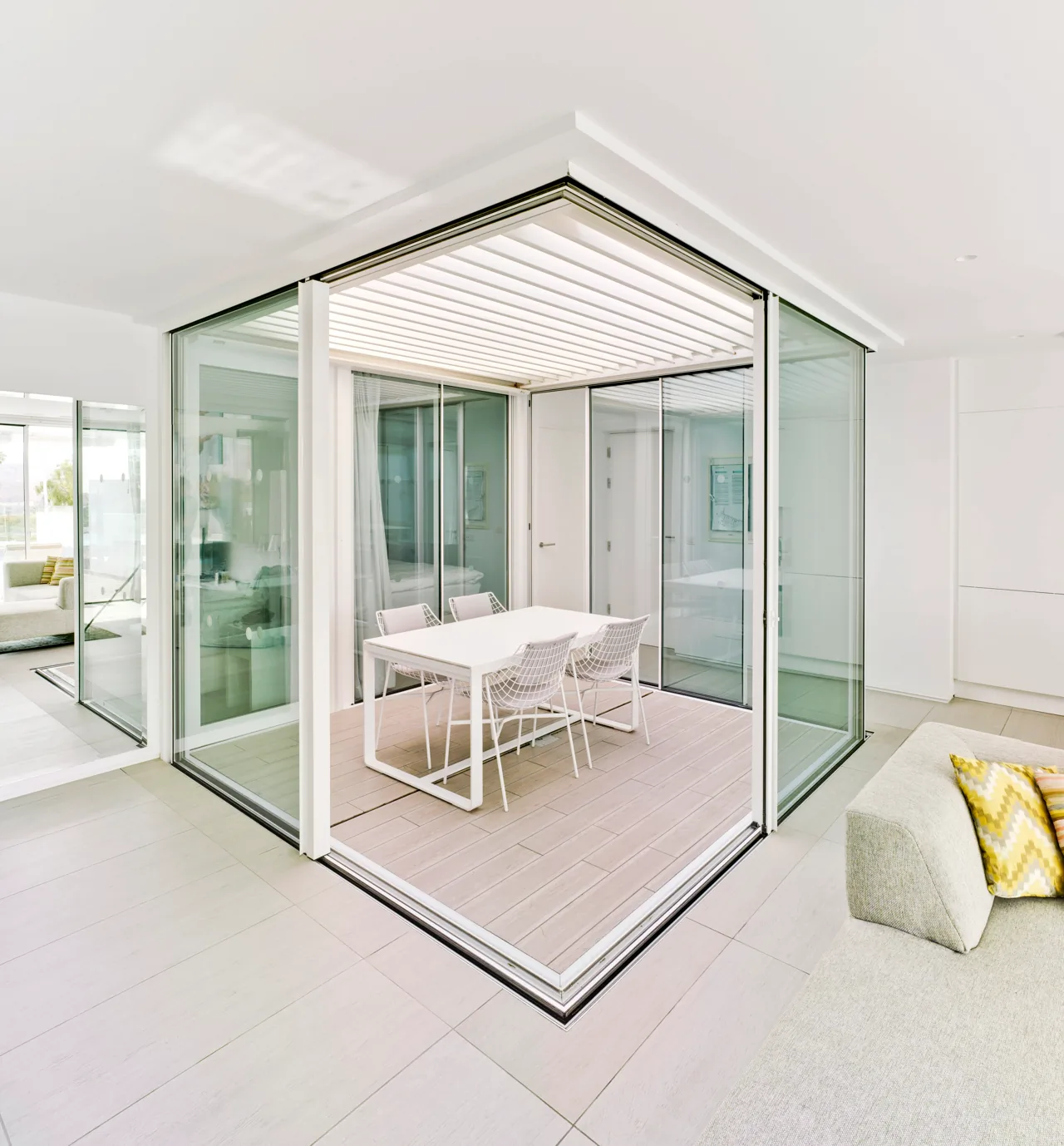
Open Plan vs Divided Spaces
The debate between open-plan living and defined spaces continues, and internal sliding living room doors offer a compromise, allowing you to enjoy the best of both worlds. Keep the doors open for a spacious feel during the day, then close them to create a snug atmosphere in the evening.
Interior sliding doors for living rooms can separate a dining area from the main living space. This arrangement lets you host dinner parties without the distraction of a visible TV or cluttered coffee table. When the meal’s over, simply slide the doors open to rejoin your guests in the living area.
Design Ideas for Room Dividers
Wooden sliding living room double doors add warmth and character to your space. Choose a rich, dark wood for a classic look, or opt for a light, natural finish to maintain an airy feel. These doors can feature panels, slats, or even intricate carved designs to match your decor.
For a modern twist, consider sliding living room doors with metal frames and large glass panels. This sleek design maintains an open feel while clearly defining separate areas. Black frames create a bold statement, while brushed nickel offers a softer, more subtle divide.
Energy Efficiency and Insulation
Double-glazed sliding living room doors hugely reduce heat loss compared to older single glazed models. The air gap between panes acts as an insulator, keeping your living space warm in winter and cool in summer. This thermal barrier can lead to noticeable savings on energy bills, particularly in older homes with outdated windows or doors.
Low-emissivity (Low-E) coatings on glass sliding doors for living rooms further boost energy performance. These microscopic layers reflect heat back into the room during cold months while blocking excessive solar gain in summer. The result? A more comfortable living area year-round, without overworking your heating or cooling systems.
Glazing for Temperature Control
Triple glazing takes insulation a step further. While costlier upfront, these living room sliding glass doors excel in extreme climates. They’re particularly effective in north-facing rooms or areas prone to drafts. The extra pane provides superior sound insulation too, ideal for homes near busy roads or in urban settings.
Gas-filled units offer another level of insulation for sliding living room doors. Argon or krypton between the panes improves thermal performance compared to air alone. These inert gases are denser than air, slowing heat transfer and boosting the door’s overall energy efficiency.
Weatherstripping Techniques
For external sliding living room double doors, compression seals provide a tight fit when closed, blocking drafts and moisture.
Magnetic weatherstripping offers excellent sealing for interior sliding doors in living rooms. This type creates a strong, consistent seal along the entire edge of the door. It’s particularly effective for pocket doors or those with minimal frame contact when closed.
Bottom sweeps on sliding living room doors tackle drafts at floor level. Adjustable options allow for fine-tuning, ensuring a snug fit even if your floor isn’t perfectly level. Some designs feature dual fins for extra protection against air and light penetration.
Proper installation of weatherstripping is key – even the best materials won’t perform if poorly fitted. Regular checks and maintenance of these seals keep your sliding doors operating at peak efficiency. Replace worn or damaged weatherstripping promptly to maintain the energy performance of your living room sliding doors.
Safety and Security
Multi-point locking systems on sliding living room doors offer robust protection. These mechanisms secure the door at several points along the frame, making forced entry much more difficult. Look for doors with at least three locking points for optimal security.
Toughened safety glass is a specially treated glass that shatters into small, rounded pieces if broken, reducing the risk of injury. For added peace of mind, consider laminated glass, which holds together when shattered, providing an extra barrier against intruders.
Childproofing Methods
Sliding door locks designed for child safety can be retrofitted to existing living room sliding doors. These devices prevent little fingers from getting trapped and stop children from opening the doors unsupervised. Some models allow adults to override the lock easily when needed.
Soft-close mechanisms on interior sliding doors for living rooms prevent accidental slamming. This feature not only protects fingers but also reduces noise, making it ideal for homes with young children or light sleepers. The doors glide shut smoothly, even if pushed with force.
Security Features
Sliding living room double doors benefit from visible security measures. Installing a security bar or Charlie bar in the track deters potential intruders. These simple devices make it impossible to force the door open from the outside, adding an extra layer of protection.
Styling Your Doors
Bold colour choices for sliding living room door frames can create striking focal points. Deep blues or forest greens add sophistication, while bright yellows or reds inject energy into your living space. Consider how the colour will interact with your existing decor and natural light levels.
Textured glass on living room sliding glass doors adds visual interest without sacrificing light. Options range from subtle frosted patterns to bold geometric designs. This approach maintains privacy while allowing diffused light to filter through, creating a soft, welcoming atmosphere in your living room.
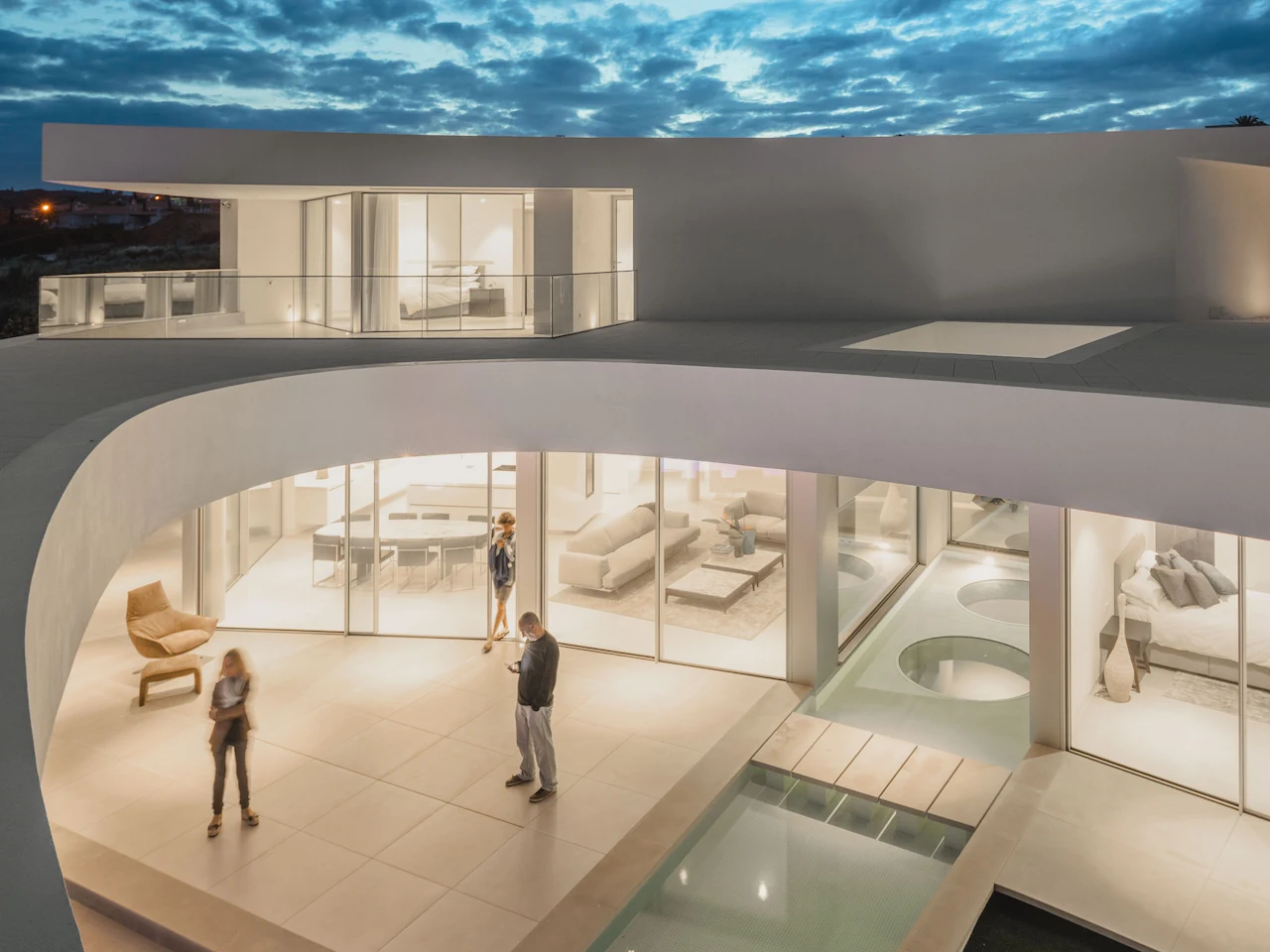
Colour and Finish Options
Wood-effect finishes on sliding door living room dividers offer warmth without the maintenance of real wood. Modern manufacturing techniques produce incredibly realistic textures and grains. These finishes pair well with both contemporary and traditional interiors, offering versatility in your design choices.
Metallic finishes on sliding living room doors can reflect light, making spaces feel larger and brighter. Brushed nickel or chrome suit modern interiors, while antique brass or copper complement more traditional styles. These finishes are often more durable than painted options, maintaining their appearance for years.
Hardware Selection
Sleek, minimal handles on glass sliding doors for living rooms maintain a clean, contemporary look. Flush-mounted or recessed options reduce protrusions, ideal for tight spaces or where you want the door itself to be the star. For a tactile experience, consider leather-wrapped or wooden handles.
Track systems for interior sliding doors in living rooms come in various designs. Exposed tracks with decorative rollers add an industrial touch, while concealed systems offer a more minimal look. Some tracks feature soft-close mechanisms, adding a touch of luxury to your door’s operation.
Making a Decision
Balancing aesthetics with practicality is key when choosing sliding living room doors. Consider how often you’ll use the doors and who will be operating them. A beautiful design loses its appeal if it’s difficult to use or maintain.
Future-proofing your choice of sliding door in living room settings involves thinking long-term: will your needs change as your family grows or ages? Opt for adaptable designs that can accommodate changing requirements, such as adjustable tracks or interchangeable panels.
Energy efficiency should factor into your decision; while initial costs might be higher for well-insulated options, the long-term savings on heating and cooling can be substantial. Look for doors with good (smaller is better) U-values and energy ratings to make an informed choice.
Installation complexity varies among different types of living room sliding doors. Some systems require major structural changes, while others can be fitted with minimal disruption. Factor in installation costs and potential redecoration when budgeting for your new doors.
Frequently Asked Questions
How do I make my sliding living room doors more accessible?
For improved accessibility, consider low threshold sliding patio doors. These designs feature a minimal step-over height, making it easier for wheelchairs or those with mobility issues to move between spaces. The low threshold also reduces tripping hazards while maintaining a weather-tight seal.
What are the benefits of large glass panels in sliding doors?
Large glass panels in sliding doors flood your living room with natural light, creating a bright, airy atmosphere. They also provide unobstructed views, effectively bringing the outdoors in. Sliding garden doors with large glass panels are particularly popular for connecting living spaces to patios or gardens, blurring the line between indoor and outdoor areas.
Can sliding doors suit a contemporary home design?
Absolutely. Modern sliding doors often feature clean lines, minimal frames, and large glass panels that complement contemporary architecture. These doors can create a sleek, uncluttered look that aligns perfectly with modern design principles, while also providing functional benefits like space-saving and improved light flow.
What safety features should I look for in sliding doors?
Key safety features for sliding living room doors include toughened or laminated safety glass, which reduces the risk of injury if broken. Look for multi-point locking systems for improved security. Soft-close mechanisms prevent fingers from getting trapped, while child locks add an extra layer of protection for families. Some doors also come with anti-lift devices to prevent the panels from being removed from the outside.
What materials are best for sliding doors in coastal areas?
For coastal homes, aluminium patio doors are an excellent choice. Aluminium resists corrosion from salty air and can withstand harsh weather conditions. These doors are also low-maintenance and can be powder-coated in a wide range of colours to suit your home’s exterior.
How do I choose the right sliding door for my living room?
When selecting sliding doors, consider factors like available space, desired light levels, and your home’s architectural style. Types of patio doors include bi-fold, lift and slide, and pocket doors, each offering unique benefits. Assess your specific needs and preferences to find the best fit for your living space.
Are sliding doors suitable for dividing interior spaces?
Yes, sliding doors are great for creating flexible interior layouts. Internal sliding doors can separate living areas from dining rooms or create home offices within larger spaces. They offer the advantage of easy operation and don’t require swing space, making them ideal for optimising room functionality in smaller homes.
What's the difference between sliding and bifold doors?
Sliding doors move along a single track, with panels overlapping when open. They’re ideal for wider openings and don’t intrude into your living space. Bifold doors (also known as folding doors or concertina doors), on the other hand, fold in sections like an accordion. They can open up an entire wall but require more clearance when fully open. Sliding doors often offer better views when closed, while bi-folding doors can create a more open feel when fully retracted.
What are the pros and cons of frameless sliding doors?
Frameless sliding doors offer a sleek, minimalist look that maximises views and light. They create a sense of openness and can make your living room appear larger. However, they typically cost more than framed options and may provide less insulation. Frameless sliding exterior doors can be more challenging to install and may require more frequent maintenance to ensure smooth operation. They’re best suited to modern interiors and homes where aesthetics are a top priority.
Can sliding doors be used in period properties?
Sliding doors can be adapted to suit period properties, adding modern functionality without compromising character. For a traditional look, consider wooden frames or doors with period-appropriate detailing. Crittall style doors, with their distinctive grid pattern, can complement both vintage and contemporary interiors. When choosing sliding external doors for a period home, focus on designs that blend with existing architectural features while offering the practical benefits of space-saving and improved light flow.
We Can Help You!
Vision Glass Doors is a designer, manufacturer, and installer of premium door systems. We are a family run business with over 20 years’ experience and 5,000 installations across the UK.
Our leading range of door systems include Ultra Slim – Slide and Turn Doors, Slimline Sliding Doors and Frameless Glass Doors.
Click Quick Quote Online for a free quotation within 24 hours. Alternatively, call or email us on 01582 492730 or at info@visionglassdoors.co.uk.

